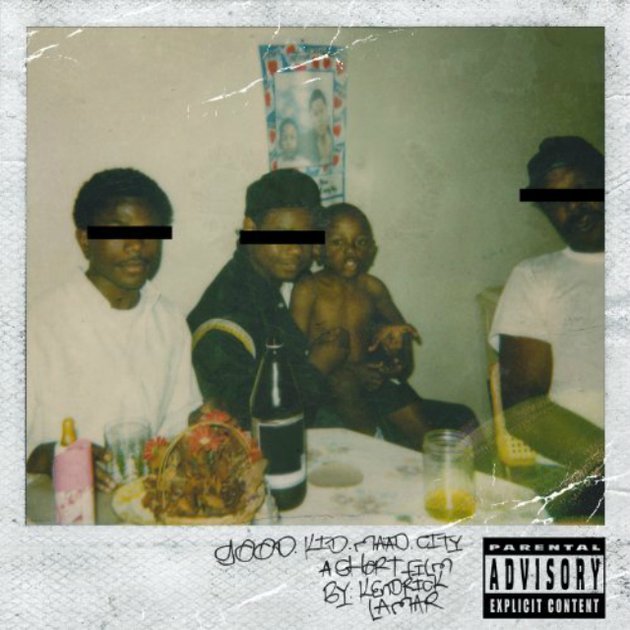

Release Date: Oct 22, 2012
Best Track: “Sing About me, I’m dying of thirst”
Lyric by lyric, Kendrick Lamar’s “Good kid, M.A.A.D. city” is a poetic body of work with an exceptional capacity of intellect. Simply put: it’s genius.
His first major label album, it masters the music mechanism of storytelling. Track by track we follow a young Kendrick, known to his friends as K.dot, through a day in the streets of Compton, a city notorious for its gang presence. “I live in the belly of the rough” raps Lamar in the track “M.A.A.D. city.” Lamar takes the ordinary events of a youth’s day in Compton and reveals an underlying complex battle between nature (self) and environment.
With a mix of bangers and vibers, the album’s emotions change with every track. The skits, nestled throughout the tracks, make this experience all too real for the listeners. Opening with a prayer, Lamar and his friends agree to accept Jesus as their Lord and Savior. Minutes later we are greeted with an explicit Lamar in the banger “Backseat Freestyle.” “Martin had a Dream… Kendrick have a dream!” Lamar declares over 808’s and melodic bells, before revealing his dream: “money and power… or die from lead showers.” Lamar contrasts his dream and MLK’s dream to show the vast disconnect between generations.
“I never been violent/ until I’m wit tha homies,” Lamar confesses in “The Art of Peer Pressure.” The track is clearly satirical of his willing obedience to his friends. The lead single “Swimming Pools” also airs this presence of peer pressure with a tipsy Lamar being asked by a stranger “Why you babysittin’ only 2 or 3 shots?/ Ima show you how to take it up a notch!” However, his deliverance also embraces the bond of young men, unveiling the need to sacrifice one’s moral for kinship.
No track will have a more profound effect on listeners than the album’s brilliantly constructed “Sing about me/ I’m dying of thirst.” In this 12-minute first-person narrative, Lamar takes on the characters of troubled youth who make Lamar promise that he will sing about their stories. Each character’s fate awaits them at the end of their respective verses. “I’m dying of thirst” concludes the song with Lamar and his friends praying with an elderly church lady, finding solace in quenching holy waters. The album began with this same prayer. The message Lamar cleverly conveys here is the cycle of sin and repentance.
Rap group NWA, Dr.Dre, and Tupac have all captured the beautifully mad city that is Compton but none more brilliantly and innovative than Kendrick Lamar in “Good kid, M.A.A.D. city.” A true narrative, this body of work exceeds the rubric of a rap album and takes its rightful place as work of art.
